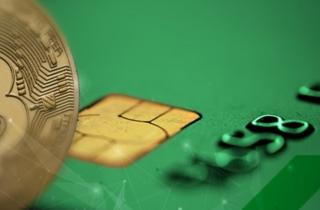What is DeFi in crypto?
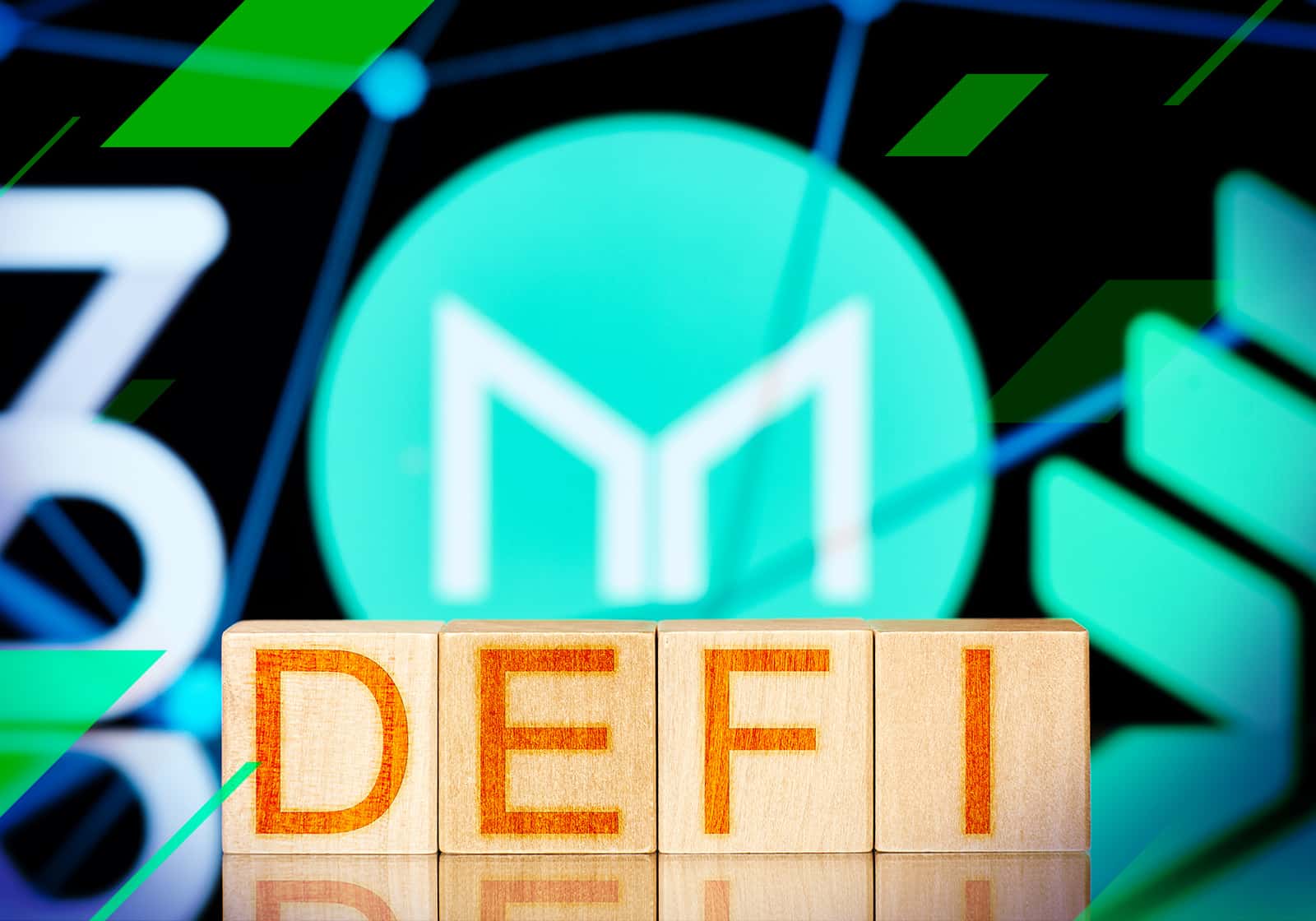
Decentralised finance (DeFi) is one of the fundamental terms for financial services on public blockchain networks. With DeFi, you can do most of the things banks support without a government or financial organisation controlling your actions. With DeFi, you can borrow, lend, buy insurance, trade assets and more. Unlike centralised finance, DeFi doesn't require paperwork, making it faster to operate. Similar to cryptocurrency, DeFi is global and open to all. So, what does DeFi mean in the crypto world? What are its key features and benefits, and what differentiates DeFi from Bitcoin? Let's find out.
What is decentralised finance (DeFi)?
Decentralised finance (DeFi) is a globally emerging financial technology based on secure distributed ledgers similar to those used by cryptocurrencies. The DeFi infrastructure is constantly evolving. With DeFi, you are not charged any bank fees because it uses emerging technology to remove third parties and centralised institutions from financial transactions. Users can transfer funds in minutes by holding money in secure digital wallets. Everyone with an internet connection can start using DeFi. The main components of DeFi infrastructure are stablecoins, software and hardware needed to develop apps.
What does DeFi mean in the crypto world?
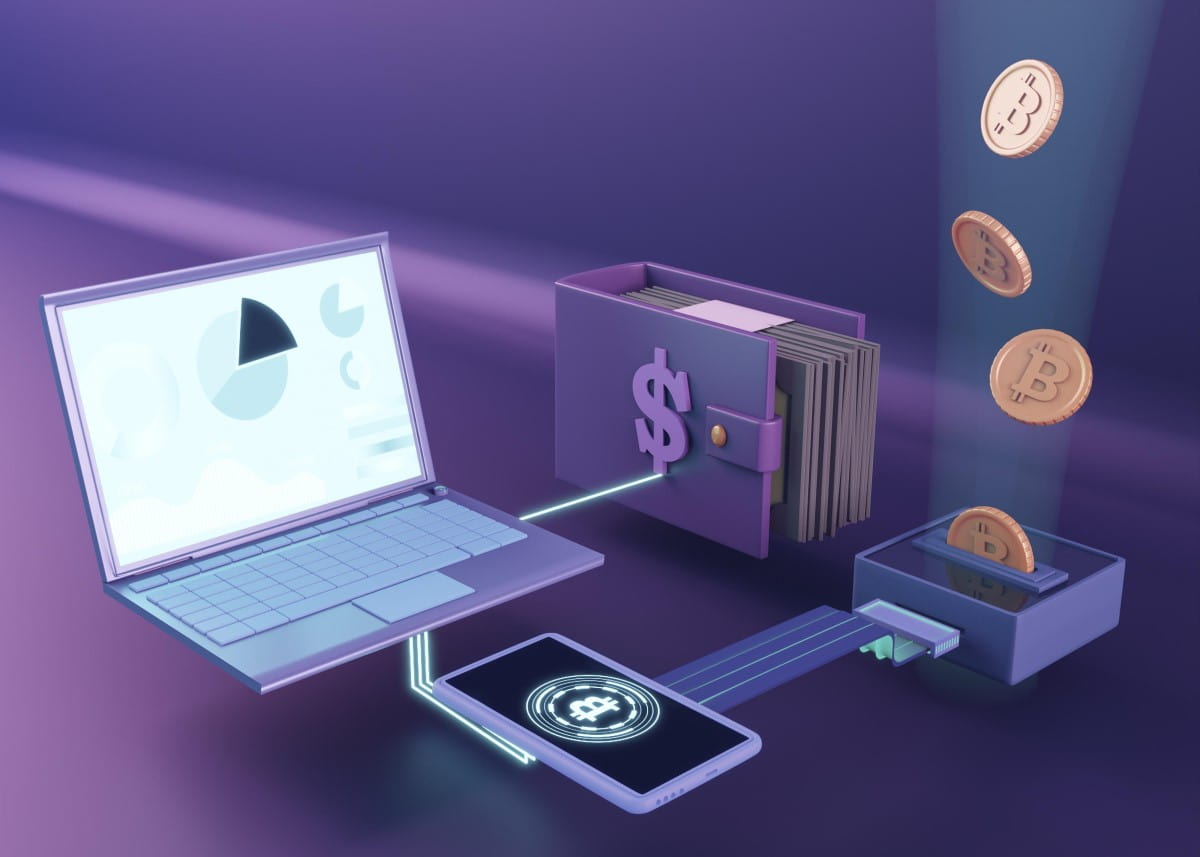
Let's clarify what DeFi means in the crypto world.
DeFi is a new vision of banking services. It's based on peer-to-peer payments that run through blockchain technology, eliminating the need for traditional banks and brokers. With DeFi, investors can 'become the bank'. They can lend money peer-to-peer and earn higher yields than traditional bank accounts. Investors can send and receive money worldwide using digital wallets, eliminating traditional banking fees.
To better understand DeFi crypto meaning, you should know the difference between centralised and decentralised finance.
Centralised finance
In centralised finance, all money is held by banks and third parties who charge you fees for using their services.
- Let's consider a common example of how centralised finance works.
- Your credit card charge starts from the merchant and moves to the acquiring bank.
- The acquiring bank forwards the credit card details to the credit card network.
- The credit card network clears the charge and requests a payment from the bank.
- Every entity in the chain receives payment for its services.
Centralised finance can see and handle a wide range of financial transactions, ranging from loan applications to the services provided by local banks.
Decentralised finance
A clear understanding of what decentralised finance is and how it works is needed when discussing the topic "What is DeFi in the crypto world?".
Decentralised finance allows people and businesses to conduct financial transactions using security protocols, software and hardware advancements through peer-to-peer financial networks. Whenever there is an internet connection, users can trade, lend and borrow assets using software that records and verifies all actions. With decentralised finance, there is no need to use centralised finance services. It enables individuals to use financial services, regardless of who they are and where they come from.
What's the difference between DeFi and Bitcoin
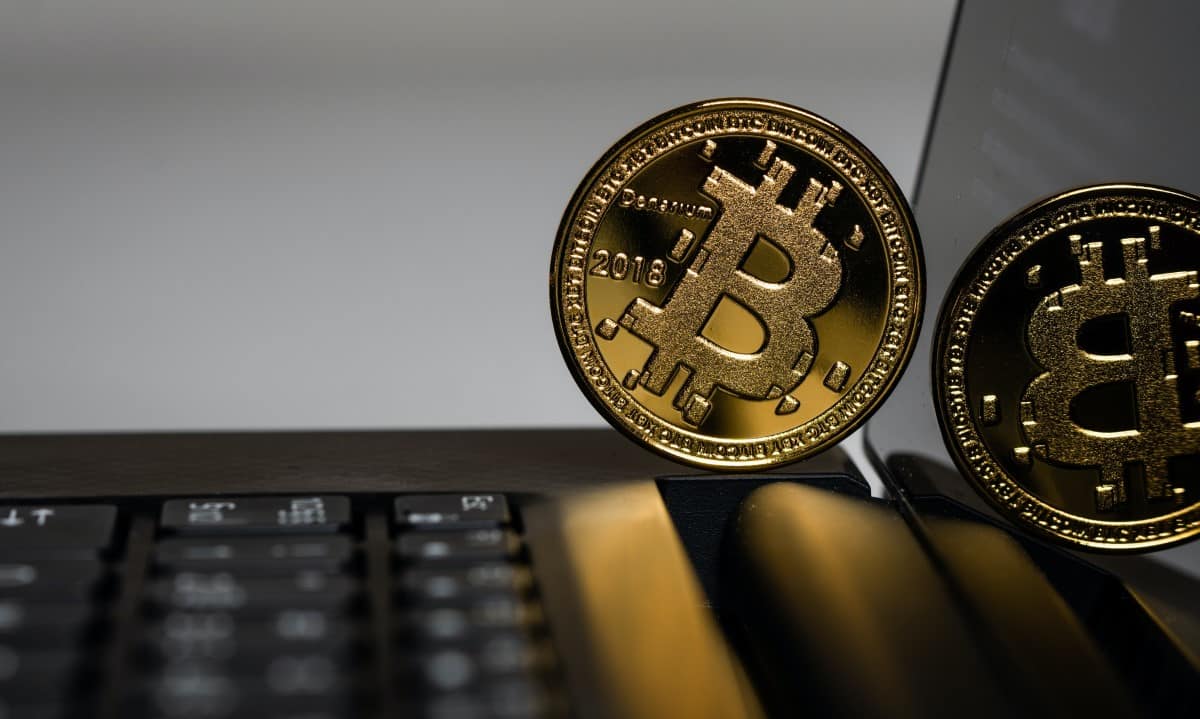
Despite all their differences, Bitcoin and DeFi have their common touchpoints. When talking about Bitcoin, we should consider it a vital component of the bigger decentralised financial world. Here is the reason why. It's impossible to use real-world money to enjoy all the benefits that DeFi provides. Whenever one uses fiat currencies like the US dollar or euro, this totally contradicts the principles of DeFi.
DeFi focuses on building decentralised applications, making it easier for individuals to use their funds without relying on any third-party or centralised financial organisation. Bitcoin perfectly corresponds to this concept by creating a new form of digital currency.
Key points
The following five elements comprise most of what we call DeFi.
- Stablecoins serve as a bridge between traditional financial systems and DeFi. A fiat currency backs the value of such digital currencies, so their price never fluctuates. For example, the price of such stablecoins as Tether and DAI is tied to the US dollar.
- Lending and borrowing come next on the list. Individuals need to put something down as collateral to borrow money from banks. The interest rates can reach as high as 25%. The situation is different in the DeFi space. Individuals can let others use their funds without giving away their custody. Users can earn more interest on cryptocurrency holdings by depositing their money into smart contracts. In return, they receive tokens equivalent to their original deposit, plus interest.
- Decentralised exchanges are a significant and essential part of DeFi. They allow users to trade NFTs and cryptocurrencies at incredibly low fees.
- A flash loan is a concept where a user takes a hefty loan to buy a cryptocurrency asset on one exchange and sell it on another one at a higher price. Using flash loans, the DeFi space can improve the price stability for different crypto assets and strengthen the crypto-economic structure.
- Crypto insurance is very similar to real-world insurance policies. It offers users monetary compensation to recover their financial losses. In return, users pay the crypto insurance a fee. Unlike real-world insurance, crypto insurance relies on blockchain code to calculate and assess risk.
How does DeFi work?
DeFi runs on the blockchain technology used by cryptocurrencies. A blockchain is a distributed and secured ledger run by decentralised apps (dApps).
All transactions in the blockchain are recorded in blocks and then verified by users. If verifiers agree on a transaction, the latter gets closed and encrypted. It creates another block that stores information about the previous block within it. All blocks are "chained" together through the information contained in each proceeding block, affecting all following blocks. This is where the name "blockchain" originates from.
Smart contracts
Let's continue discussing "What is DeFi in crypto?" with the definition of the smart contract.
Smart contracts are programmes that run on a blockchain whenever certain conditions are met. To establish the terms, all participants must determine how transactions and all the data presented on the blockchain meet the if/when … then" rules governing those transactions. Smart contracts are commonly used to automate the agreement execution process so that the participants can feel confident about the outcomes without losing their time.
Smart contracts use the "if/when … then" statement written into the code on a blockchain.
- When predetermined conditions are met and verified, a network of computers executes actions that could include finding release to appropriate parties, issuing tickets, sending notifications, etc.
- Then, the blockchain is updated after the transaction is completed. No changes to the transaction can be made afterwards, and only the parties granted permission can see the result.
Examples of decentralised financing projects
Discussing the DeFi crypto meaning would be incomplete without a list of the Top 5 decentralised finance projects by market cap.
Dai (DAI) is an Ethereum-based decentralised stablecoin that aims to keep its value constant at $1. Well-known as the Maker Protocol, the Dai Stablecoin System accepts Ethereum-based assets as collateral from MKR holders. You can Dai by using any Ethereum-based token as collateral in the form of smart contracts. You can use a different approach and buy Dai tokens directly from cryptocurrency exchanges.
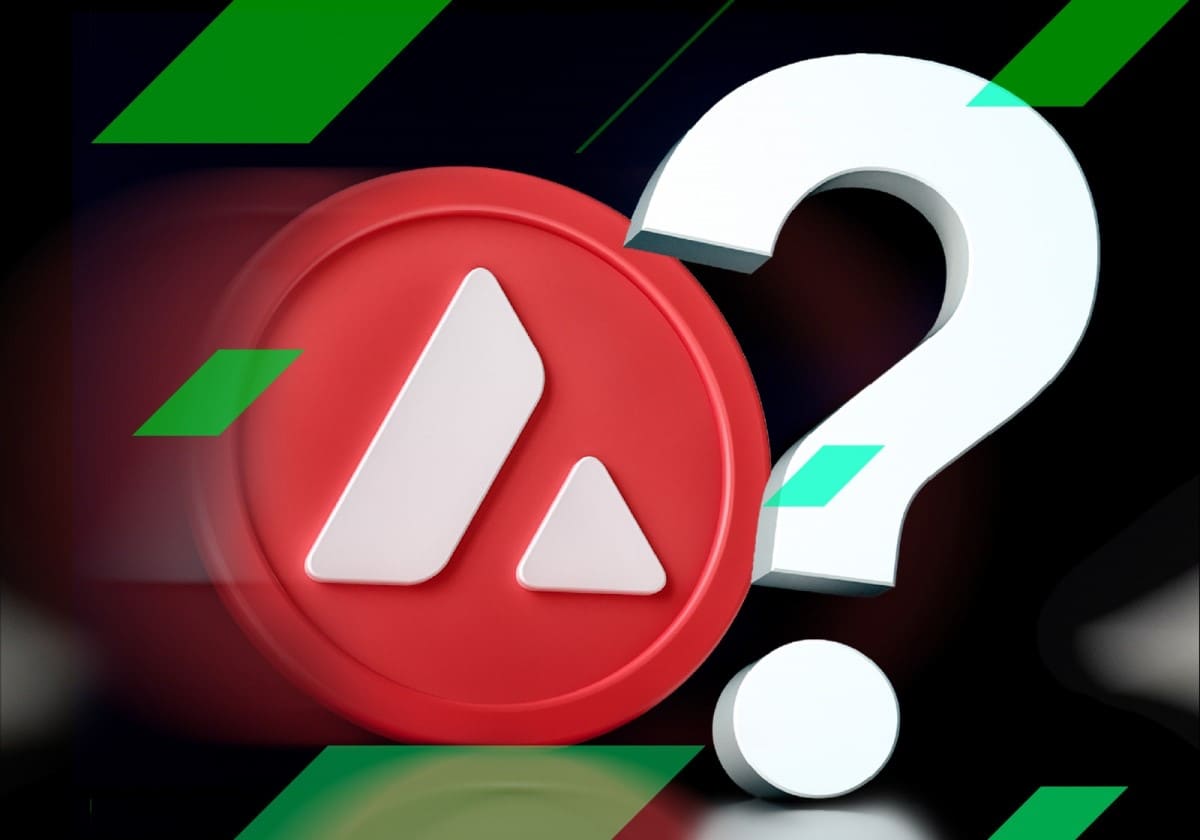
Avalanche (AVAX) comes next on the list of the best DeFi projects. This is a decentralised proof-of-stake blockchain based on smart contracts. Many decentralised applications (dApps) operate on the Avalanche blockchain. These dApps function according to pre-written rules, which no one can change.
Wrapped Bitcoin (WBTC) is an Ethereum token designed to represent Bitcoin (BTC) on the Ethereum blockchain digitally. Unlike Bitcoin, WBTC is an ERC-20 token meant to follow the value of Bitcoin. WBTC was developed to allow Bitcoin holders to engage in Ethereum's popular DeFi apps. The main goal of Wrapped Bitcoin (WBTC) is to connect the Bitcoin and Ethereum blockchains.
Uniswap (UNI) is one of the largest decentralised cryptocurrency exchanges. Instead of asking centralised parties to set the price of crypto assets, it uses algorithms that set prices based on such factors as demand and supply. It lets users trade cryptocurrency without intermediary help, decentralising Uniswap. Both the buyer and seller exchange funds using their wallets. No third parties are involved in the process.
Chainlink (LINK) is a decentralised Ethereum-based blockchain network. It connects real-world data with blockchain. LINK is the native token used on the currency on the blockchain. It's also used to reward stakers. Chainlink's goal is to provide off-chain data on the blockchain as smart contracts, keeping the network decentralised and safe.
DeFi exchanges
Using DeFi exchanges is the best way to buy DeFi coins without going through a centralised intermediary. Below are five of the best and most popular DeFi exchanges in the market, each offering a way to trade cryptocurrency quickly and cost-effectively.
DeFi stablecoins
Our guide on "What is decentralised financing?" would be incomplete without us mentioning some of the most popular DeFi stablecoins.
Stablecoins are cryptocurrencies intended to decrease the volatility of crypto coins' price relative to some 'stable' assets. In most cases, stablecoins are pegged to the US dollar or gold held in reserve as collateral. Below is a collection of the five leading and most popular DeFi stablecoins.
- Tether (USDT) was the first stablecoin ever created. USDT is a stablecoin pegged to the US dollar. Tether is the most popular DeFi stablecoin used in the dApps ecosystem. It's one of the largest stablecoins by circulation (as of 28/12/2022, the stablecoin has a circulating supply of 66,247,646,985 USDT) and market capitalisation ($66,235,624,875).
- USD Coin (USDC) represents the way we use money. Digital dollars can be exchanged the same way we share content over the internet. This is also one of the cheapest and more secure existing payment methods.
- Binance USD (BUSD) is a 1:1 USD-backed stablecoin issued by Binance. It's approved and regulated by the New York State Department of Financial Services (NYDFS).
- MakerDAO is the protocol behind the DAI stablecoin. It's one of the leaders in the current DeFi surge. 1 DAI is valued at $1. Ethereum backs each DAI.
- FRAX is the world's first fractional stablecoin currently implemented on Ethereum and 12 other chains. It is open-source, permissionless and entirely on-chain.
DeFi pros and cons
Pros | Cons |
|
|
Is DeFi crypto a good investment?
Decentralised finance, cryptocurrency and blockchain technology have revolutionised many industries and sectors. The traditional financial services market is at the forefront of these changes. Analysts and experts argue that the services surrounding investments, loans and insurance won't need a traditional bank in the future. On the contrary, such services can be achieved in a decentralised way using DeFi providers.
DeFi could be a highly viable addition to your investment portfolio. There are many ways to invest in DeFi through popular channels and platforms. You can also choose from multiple DeFi products with varying risks and yields.
Tags
Try our Bitcoin Cloud Miner and get additional crypto rewards based on your trading volume. It's immediately available upon registration.
Try our Bitcoin Cloud Miner and get additional crypto rewards based on your trading volume. It's immediately available upon registration.



